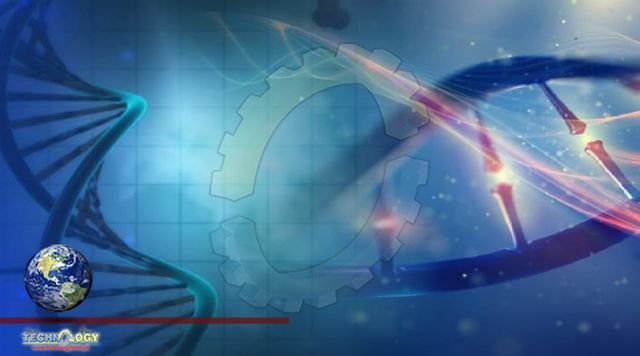Gene Regulation Might Be the Key to a Longer Lifespan the Researchers from the University of Rochester who are interested in longevity genetics propose new targets to fight aging and age-related disorders.

Mammals that age at vastly different rates have been created through natural selection. Naked mole rats, for instance, may live up to 41 years, which is over 10 times longer than mice and other rodents of comparable size. What causes a longer lifespan? A crucial component of the puzzle, according to a recent study by biologists at the University of Rochester, is found in the mechanisms that control gene expression. Vera Gorbunova, the Doris Johns Cherry professor of biology and medicine, Andrei Seluanov, the first author of the publication, Jinlong Lu, a postdoctoral research fellow in Gorbunova’s lab, and other researchers looked into genes related to longevity in a recent paper published in Cell Metabolism.
Their findings indicated that two regulatory mechanisms governing gene expression, known as the circadian and pluripotency networks, are crucial to longevity. The discoveries have significance for understanding how longevity arises as well as for providing new targets to fight aging and age-related disorders. With maximum Longer Lifespan ranging from two years (shrews) to 41 years (naked mole rats), the researchers analyzed the gene expression patterns of 26 mammalian species. They discovered thousands of genes that either correlated positively or negatively with longevity and were linked to a species’ maximum lifetime.
They found that long-lived species tend to have low expression of genes involved in energy metabolism and inflammation; and high expression of genes involved in DNA repair, RNA transport, and organization of cellular skeleton (or microtubules). Previous research by Gorbunova and Seluanov has shown that features such as more efficient DNA repair and a weaker inflammatory response are characteristic of mammals with long lifespans. The opposite was true for short-lived species, which tended to have high expression of genes involved in energy metabolism and inflammation and low expression of genes involved in DNA repair, RNA transport, and microtubule organization.
Source: This news is originally published by scitechdaily